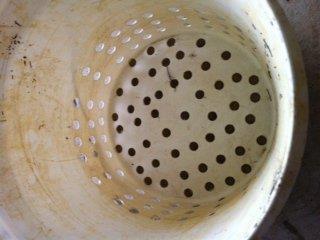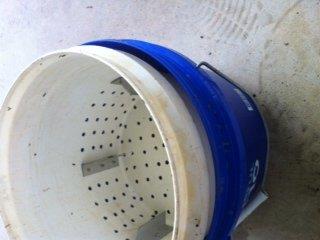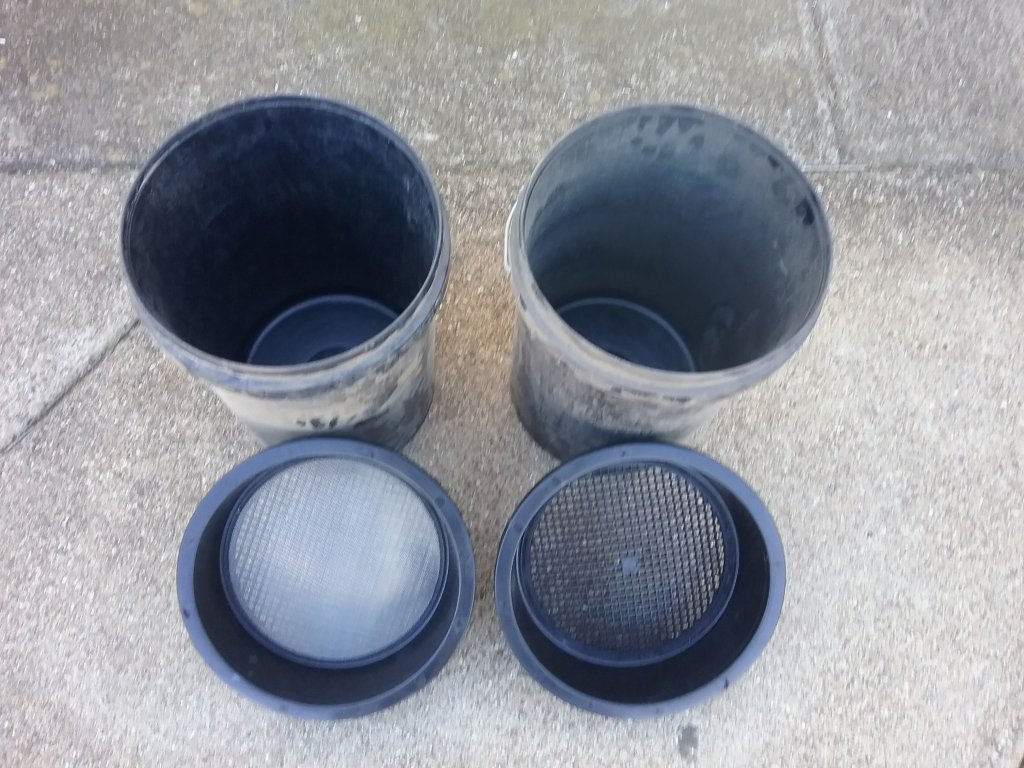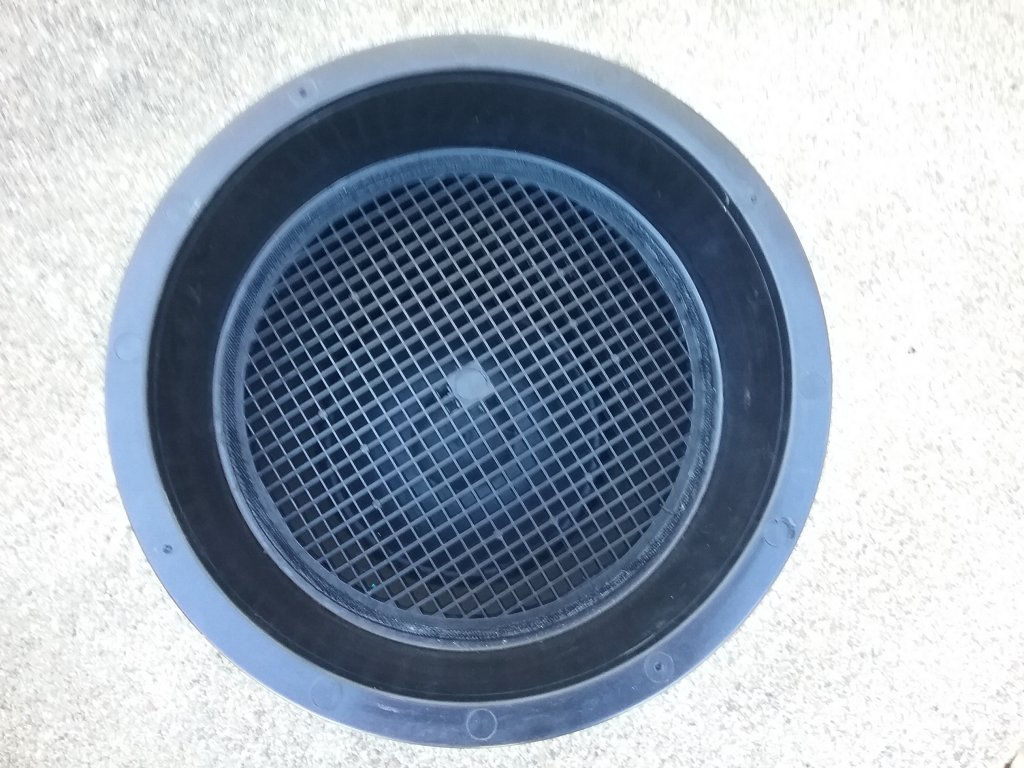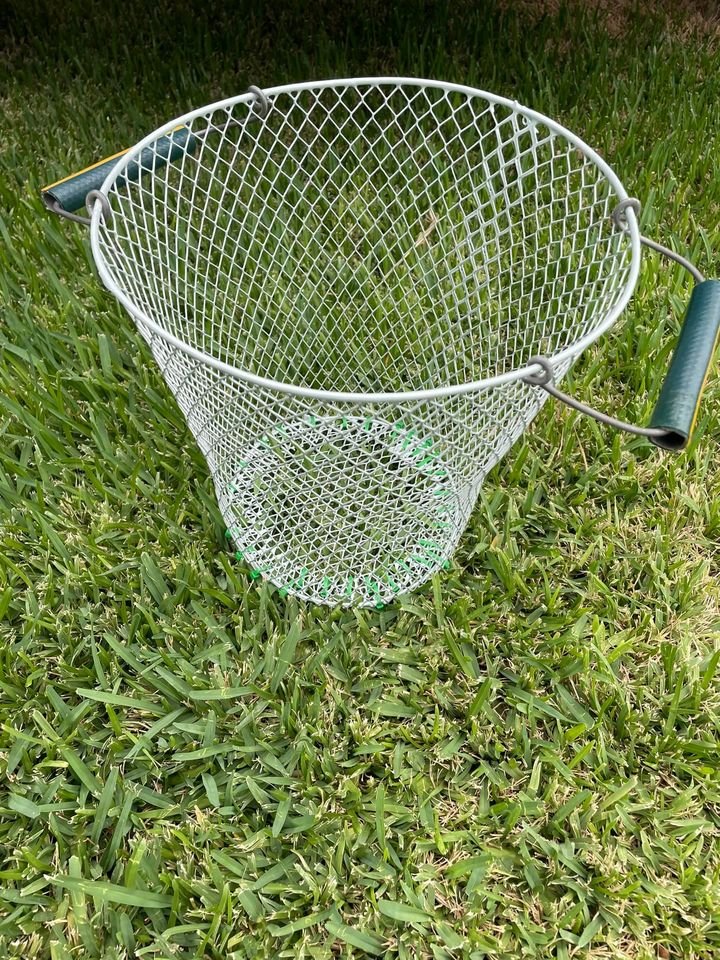Along the lines of MikeB05, I bought a large SS crab cooker, like a stainless steel bucket / cooking pot with holes on the bottom and around vertical wall. The crab cooker is an insert that goes inside a big SS pot. We use the pot to make soup but the crab cooker is now my bucket sieve. I drilled all the holes bigger, alternating 8mm and 5mm (roughly) plus more around the bottom "corner", which really improves throughout. Essentially it is a vertical mini-trommel. It has handles so I put it inside a larger bucket filled with water, fill it to 1/3 to 1/2 with gravel, grab the handles on each side and vigorously move it 1/4 turn one way, then the other several times, then lift it and put it on a bit of an angle and repeat. The last step gets heavies down into the bottom corner so they all make it into the bucket below. Way easier that using standard sieves which usually do not fit well over a bucket. Being SS it is quite robust.
I also bought a blue Minelab branded plastic sieve with handles on each side that sits on most buckets due to its design. Standard aluminium sieves can sit inside this one so whatever goes through the finer sieve must go into the bucket below. If you have a wider bucket the blue plastic sieve sits down inside nicely and by using the handles as described above for the crab cooker, and a few jiggles of the bucket, the fines wash into the bucket below. Can be used for gold or gems depending upon the aluminium sluice you use on top. Mostly I only use the blue sieve without finer ones as the concentrates, while they include smallish gravel, are fine enough for my sluice or the pan.




